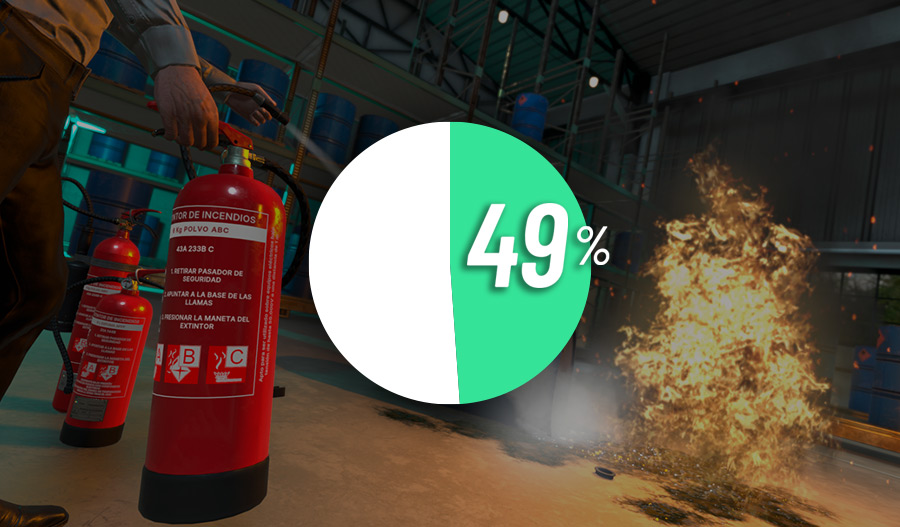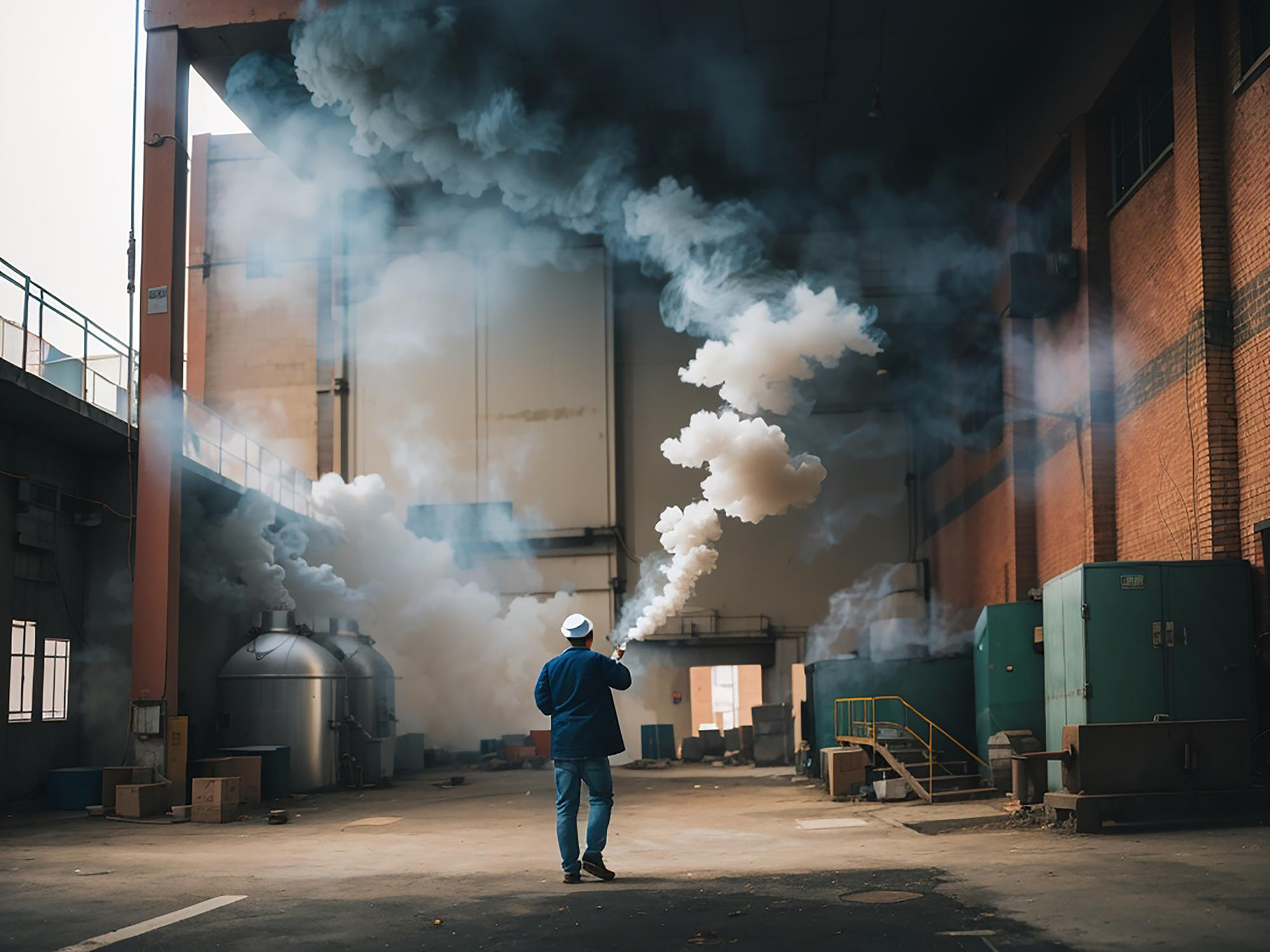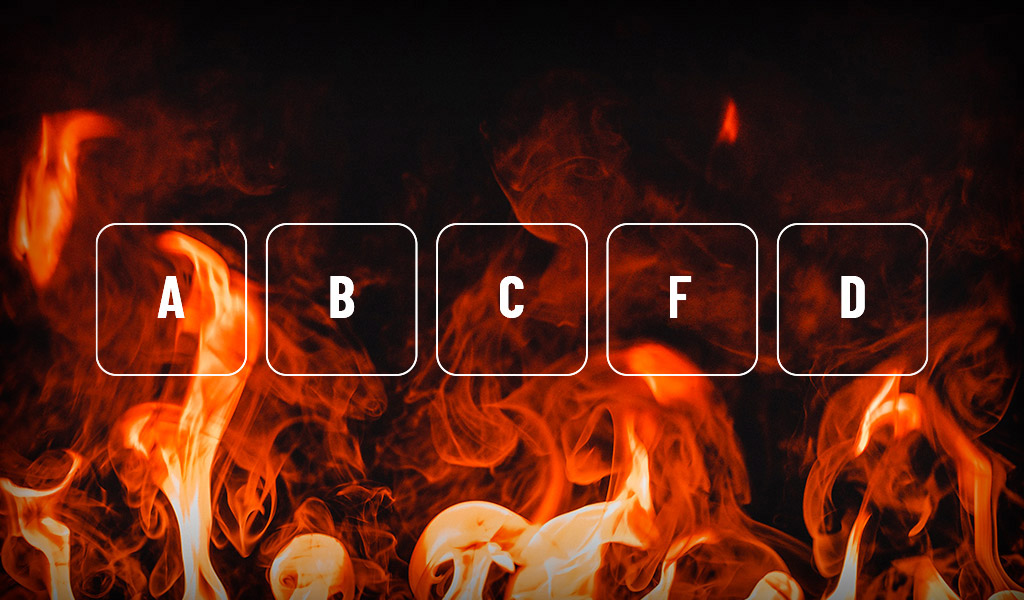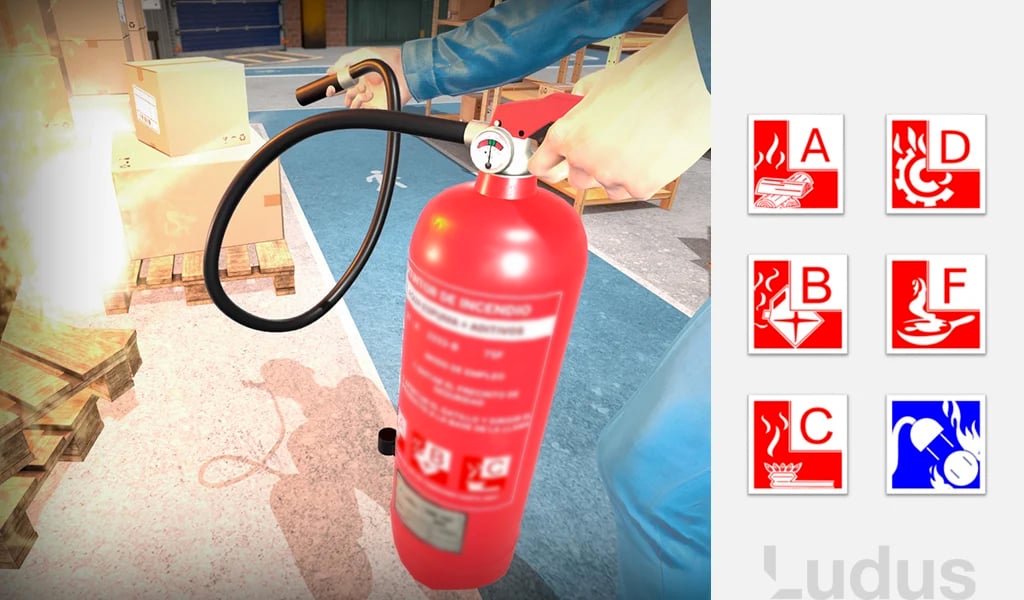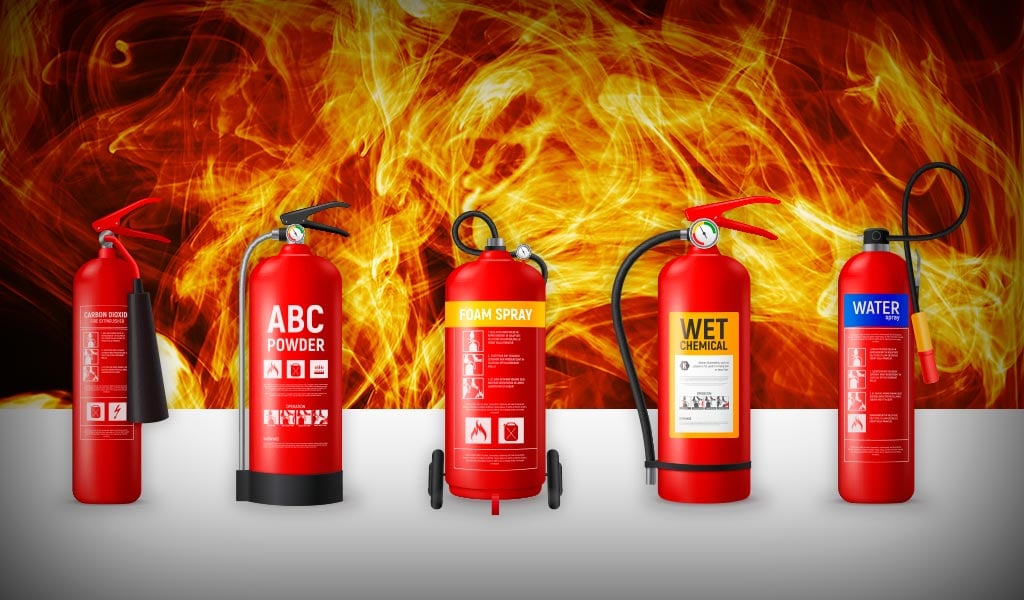Fire extinguishers are essential devices for fighting fires in businesses, factories, and even homes. While we take them for granted today, they haven’t always existed. Here, we’ll take a look at the origins and history of the first fire extinguisher.
Who invented the fire extinguisher?
The first fire extinguisher was invented in 1816 by British military officer and inventor William George Manby. His cylindrical device contained three parts water (12 liters in total) and one part compressed air, which helped propel the water out.
Manby came up with the idea after witnessing a real fire in Edinburgh, Scotland. Firefighters at the scene struggled to extinguish the flames on the upper floors of a burning building because their hoses couldn’t reach high enough.
This fire in Edinburgh burned for five days due to the inability to direct water to the upper parts of the building. Manby realized that a portable fire suppression device was needed for such cases. And so, the fire extinguisher was born.
The first fire extinguisher: How it worked and what fires it could fight
As mentioned, Manby’s first extinguisher used water to put out fires. It had four cylinders: three contained a total of 12 liters of water, while the fourth held compressed air to propel the water toward the flames.
Modern extinguishers work in a similar way, but instead of compressed air, they typically use gases like nitrogen or carbon dioxide as propellants.
However, Manby’s first extinguisher could only be used for Class A fires (fires involving solid combustibles). Since it was a water-based extinguisher, it would have been dangerous to use on fires involving electrical risks or flammable liquids. It was also unsuitable for Class B, C, or D fires.
Want to learn more about fire types and how to extinguish them?
The Evolution of Fire Extinguishers: Choosing the Right One for Each Fire
Not all fires are the same. Various factors must be considered when selecting the best way to extinguish them. That’s why fire extinguishers have evolved, leading to modern versions like the ABC extinguisher or CO₂ extinguisher.
Today, we use a variety of extinguishing agents, including Water mist, Foam with AFFF additives or Chemical powders. Each has its own properties and is suited for different fire types and environments.
Since Manby’s first extinguisher, this device has undergone significant advancements to become the efficient, versatile tool we know today. It’s crucial to understand the different types of extinguishers to select the right one for your business or home.
Do you know which extinguisher to use for each fire type?
Besides knowing the different types of extinguishers, proper training is essential for using them effectively. However, organizing hands-on fire extinguisher training can be challenging and costly due to several factors: Rental and refilling costs of extinguishers, environmental impact from creating controlled fires, time constraints in arranging practical exercises...
Luckily, a cutting-edge solution now exists to solve these challenges: virtual reality (VR) training.
VR training for fire extinguisher use
Virtual reality (VR) creates immersive, realistic training scenarios, allowing trainees to experience lifelike fire emergencies without real-world risks.
A VR instructor places trainees in various fire situations, requiring them to select and operate the correct extinguisher to put out the flames.
Scenarios can include:
- Electrical fires
- Kitchen fires
- Metal fires
Trainees make decisions and see the consequences of mistakes in real time, which significantly enhances awareness and preparedness.
---------------------------------------------------------------------------
Are you interested in Virtual Reality as a tool for health and safety training?
Fill out this form to receive specific information about the benefits and features of our VR platform.


